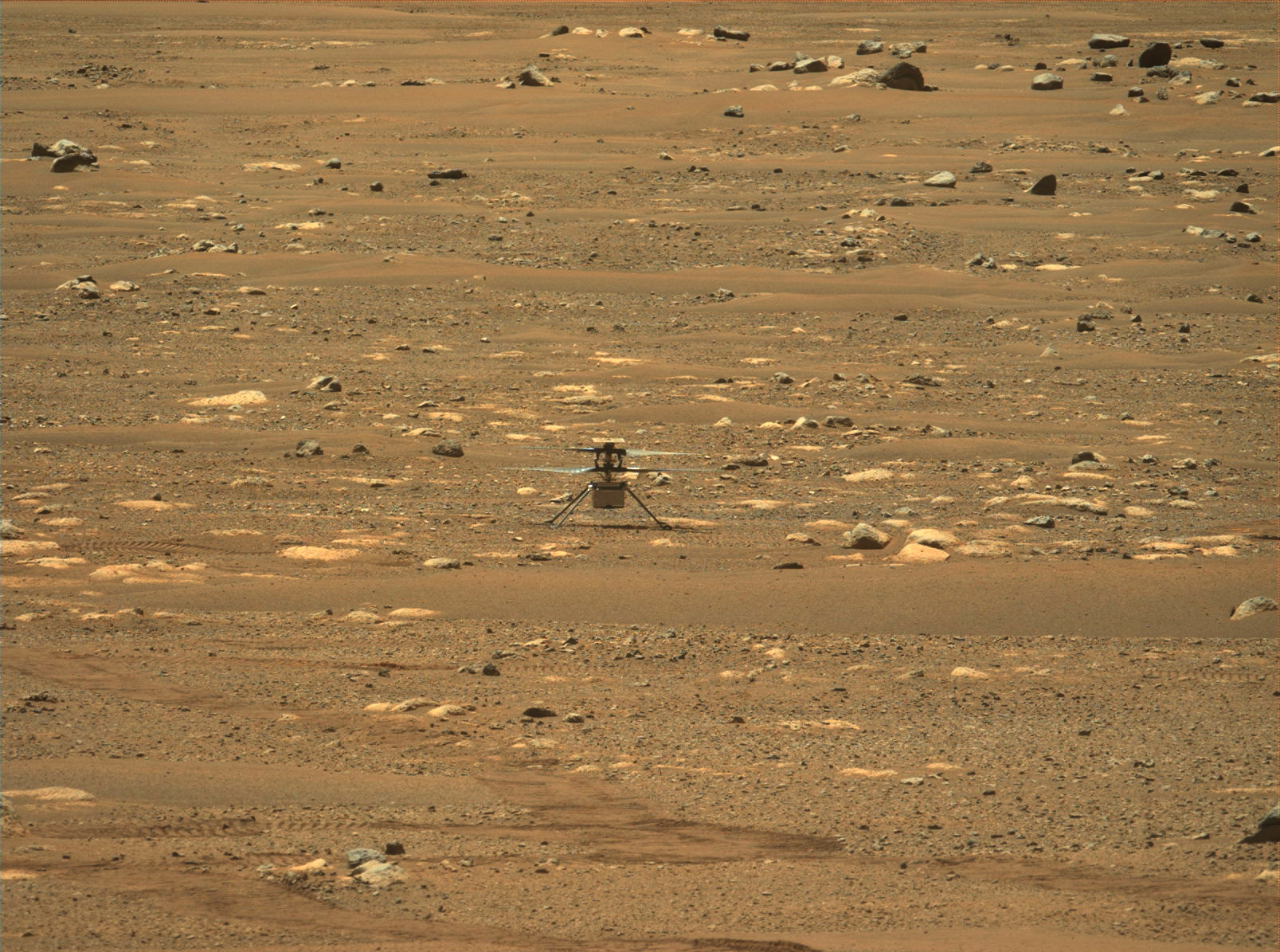
It’s impossible to know the future, and yet, I’m confident that Ingenuity’s impact on how we explore space will be significant. The little Mars-bound helicopter proved time and again that it was up to the challenges it faced on the Red Planet, and while it has flown its last flight, I can’t help but think about how it’s going to change how we explore other worlds entirely.
Powered flight on other worlds is no longer just a theory
One of Ingenuity’s first, and perhaps the most important, lessons is showing that flight on other worlds is no longer just theory. It’s entirely possible. When Ingenuity was shipped off to Mars, NASA only expected it to fly for five flights, if that.
The little helicopter wasn’t built to withstand the harsh radiation of space like the agency’s other spacecraft, yet it still managed to fly 72 missions through the Red Planet’s thin atmosphere, pushing the boundaries of what we thought was possible on other planets. Not only that, but it also broke record after record. But Ingenuity’s impact on space exploration is far from over just because the helicopter has reached the end of its life.
Beyond proving that flight on other worlds is possible, Ingenuity has also proven that you don’t need expensive parts to navigate other planets.
Ingenuity didn’t use overly expensive, custom-made parts
While most of NASA’s space missions rely on custom-built material, radiation-proof batteries, and slews of other expensive components, Ingenuity was made from commercial stuff the designers and engineers bought off the shelf. That’s because the engineers had to limit the weight of the little spacecraft, which weighed just four pounds.
That’s no easy feat, which meant they had to turn to commercial parts to pull it off. As such, the fact that Ingenuity lasted as long as it did is quite astounding. It shows that we can take risks without spending billions upon billions of dollars to create custom material.
That also meant that Ingenuity’s smartphone computer chip, a Snapdragon 801, was up to twenty times more powerful than the much heavier RAD750 in Perseverance. It didn’t have the protection, sure. But it weighed far less and allowed Ingenuity to do everything it needed to do.
The helicopter’s success will inspire us to take even more chances

Finally, the last way that Ingenuity’s impact will continue to be felt throughout the coming years is in the way it inspires us to take more chances. With Ingenuity, NASA sent a spacecraft made of commercial parts into space. It took a theory that flight on other worlds was possible and took a chance on it.
That’s the kind of attitude we need for the future of space exploration to reach the levels we want it to reach. Without that attitude and the willingness to take chances, we’ll be stuck waiting for many of these space missions to come to fruition.


